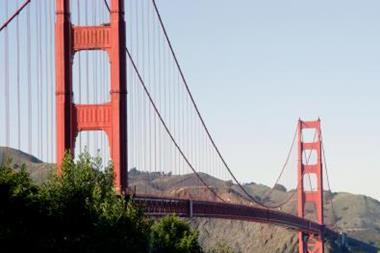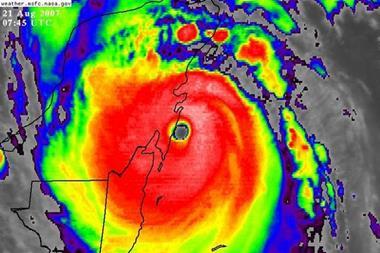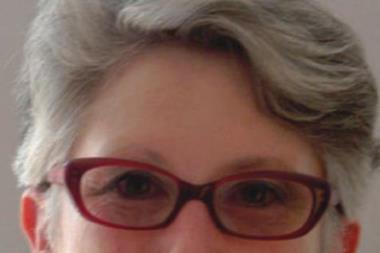James Bond villain Auric Goldfinger explained his approach to causation in the following way: “Once is happenstance. Twice is coincidence. The third time it’s enemy action.”
James Bond villain Auric Goldfinger explained his approach to causation in the following way: “Once is happenstance. Twice is coincidence. The third time it’s enemy action.” The number of natural disasters in a year in the United States should have no correlation with election years, but it does - or at least the number of disaster declarations by the President does.
These disaster declarations allow the President to clear the way unilaterally for the distribution of billions of dollars to specific constituencies in the form of disaster relief, and research has shown that not only have they increased in general, but that they tend to spike during election years.
Can the relationship between election years and disaster declarations be purely coincidence? Andrew Reeves, a doctoral candidate at Harvard University, believes not. His September 2007 analysis Political Disaster? Presidential Disaster Declarations and Electoral Politics, concludes that electoral factors, measured by electoral vote size and state political competitiveness, do influence whether the President issues a disaster declaration.
Mr Reeves also noted that the decisions seemed to have the desired results; voters rewarded presidents for the help their community received. This is a presidential election year, and the party of the President is trailing in the polls, so there may well be more presidential disaster declarations during 2008 than had it not been an election year. There may not be more disasters.
Happenstance, coincidence and causation are not always so blatant. Yet, events can occur in clusters, and we do not necessarily understand why. Peter Taylor, project director for the Future of Humanity Institute at Oxford University, points out that the San Francisco earthquake in 1906 was not an isolated event; there were 16 other Magnitude 7 or greater earthquakes during the year. In 2004, Florida suffered landfall from five major storms.
Both are apparently unprecedented, but in doing the research for its latest model for California earthquake, the US Geological Survey (USGS) has found patterns in earthquakes that suggest that events can be clustered even if more spread in time than over one year.
Ripple effect
A corollary is that the effects of very large events will spread out not in a straight line but in ripples. The larger the loss, the more likely it is to trigger another loss, and the continuing growth in people and assets exposed to catastrophic events creates the possibility of extreme correlations about which we do not know much.
The insurance industry absorbed the property claims from the loss of the World Trade Center with just a handful of casualties, but it had few, if any, losses to pay for the people who were directly involved. Over 98% of the families who lost relatives in the terrorist attacks voluntarily decided to accept compensation from the victim compensation fund set up by the US government. The fund processed over 7,300 claims for deaths and personal injuries from the September 11 attacks and was able to shut down less than three years after the event.
As Peter Taylor remarked in his talk to the 2008 catastrophe modelling conference organised by the Reinsurance Association of America and the International Society of Catastrophe Managers in Tampa in February, when things go wrong, they can get very bad in all sorts of ways. We also need to be cautious about our assumptions that events are not linked, and that phenomena do not exist, simply because we have not yet seen them.
The lessons are that we need to respect uncertainty, while using the quantitative and qualitative techniques available to reduce the “unknown unknowns” and build resilience into our social structures. There will be events we have not anticipated. We also could remember Goldfinger’s theorum and try to avoid making enemies.

















